Author: Grace Pan
Date: 2nd May 2025
William Morris, the founder of William Morris & Co, was born in 1834 in Walthamstow, England. Trained in both classics and architecture, Morris found inspiration not in the industrial triumphs of the Victorian era but in the medieval past. He was deeply troubled by the effects of industrialization on both the environment and the quality of consumer goods. Alongside figures like John Ruskin, he believed that art should serve a moral and functional purpose and that beauty should be accessible to all, not just the elite.
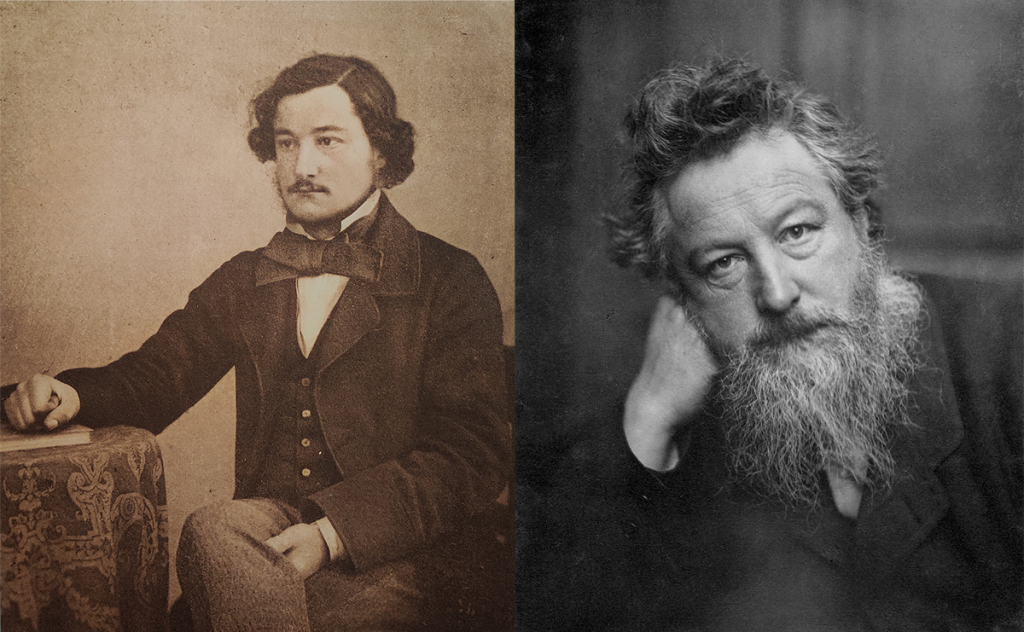
A Radical Vision in Victorian England
In 1861, Morris co-founded Morris, Marshall, Faulkner & Co., which later became Morris & Co. The firm produced a wide range of decorative arts, including textiles, wallpapers, furniture, and stained glass. Morris insisted on reviving traditional techniques, employing skilled artisans, and using natural dyes and handcraftsmanship in an era increasingly dominated by machines. This ethical approach to design resonated not only with the artistic community but with a growing class of consumers who yearned for authenticity and meaning in the objects around them.

From Workshops to World Fame
Although Morris’s aesthetic drew heavily on medieval and romantic motifs, it was his stylised interpretation of nature that made his work distinctive and widely appealing. His designs brought the outside world indoors—lush foliage, birds, flowers, and winding vines rendered with rhythmic balance and fine detail. While initially adopted by art patrons and intellectuals, his patterns began to find a broader audience through collaborations with manufacturers and his own retail outlets.
Morris’s commercial success came partly from his ability to unite form and function. His patterns weren’t confined to galleries—they adorned the walls, curtains, and furniture of real homes. Even Queen Victoria reportedly admired his wallpapers. By the end of the 19th century, William Morris & Co. had become a household name among the British middle and upper classes.
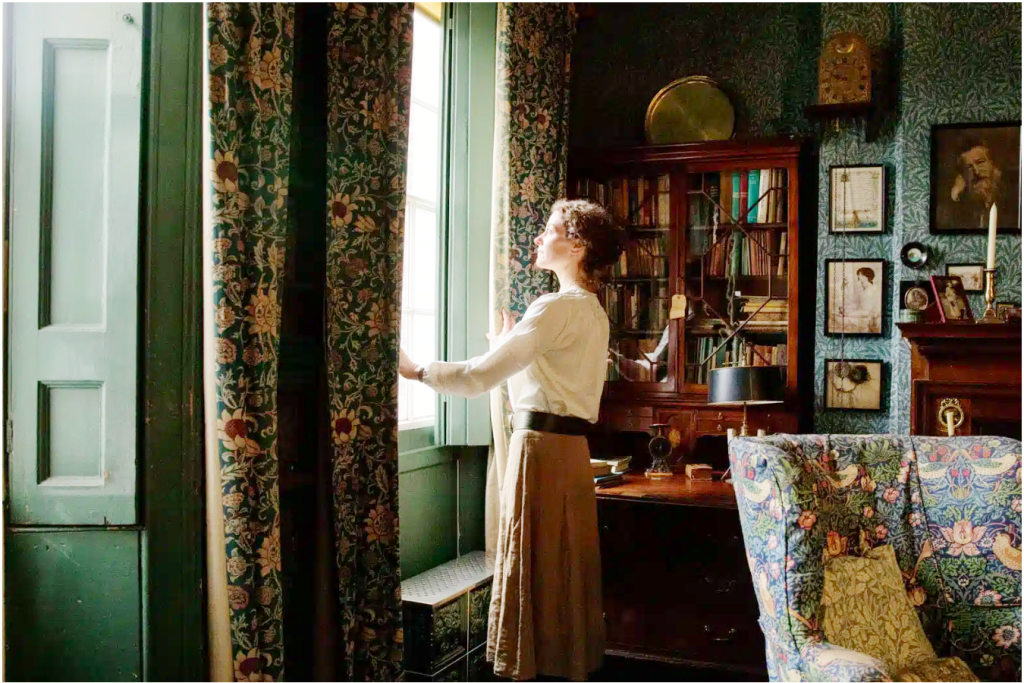
The Signature Designs: Living Nature in Repeat
Some of William Morris’s most iconic designs have become benchmarks of classic pattern-making. These motifs, originally intended for domestic interiors, have transcended their era to become staples of high design in both home and fashion contexts.
Strawberry Thief (1883): Perhaps his most famous textile, this pattern was inspired by thrushes stealing strawberries from Morris’s kitchen garden at Kelmscott Manor. The intricate design combines whimsy with elegance, showcasing Morris’s flair for narrative and detail.
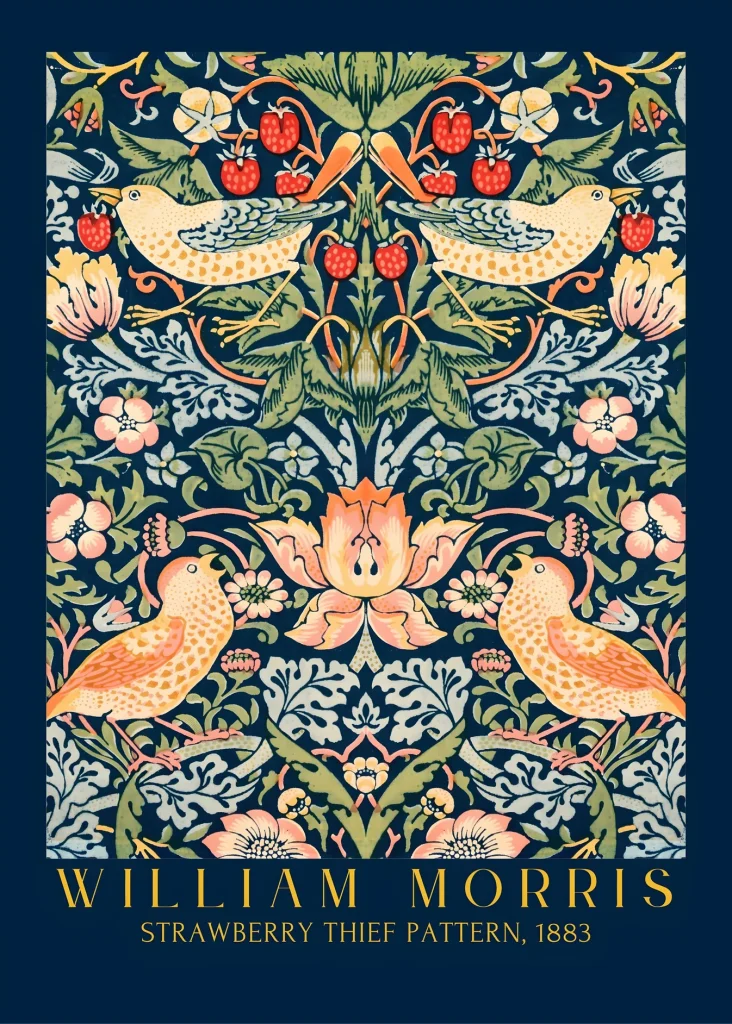
Willow Bough (1887): A gentler, more fluid design, this pattern features sinuous willow leaves in a repeating, wave-like motion. It exemplifies the harmony between simplicity and complexity that defines much of Morris’s work.
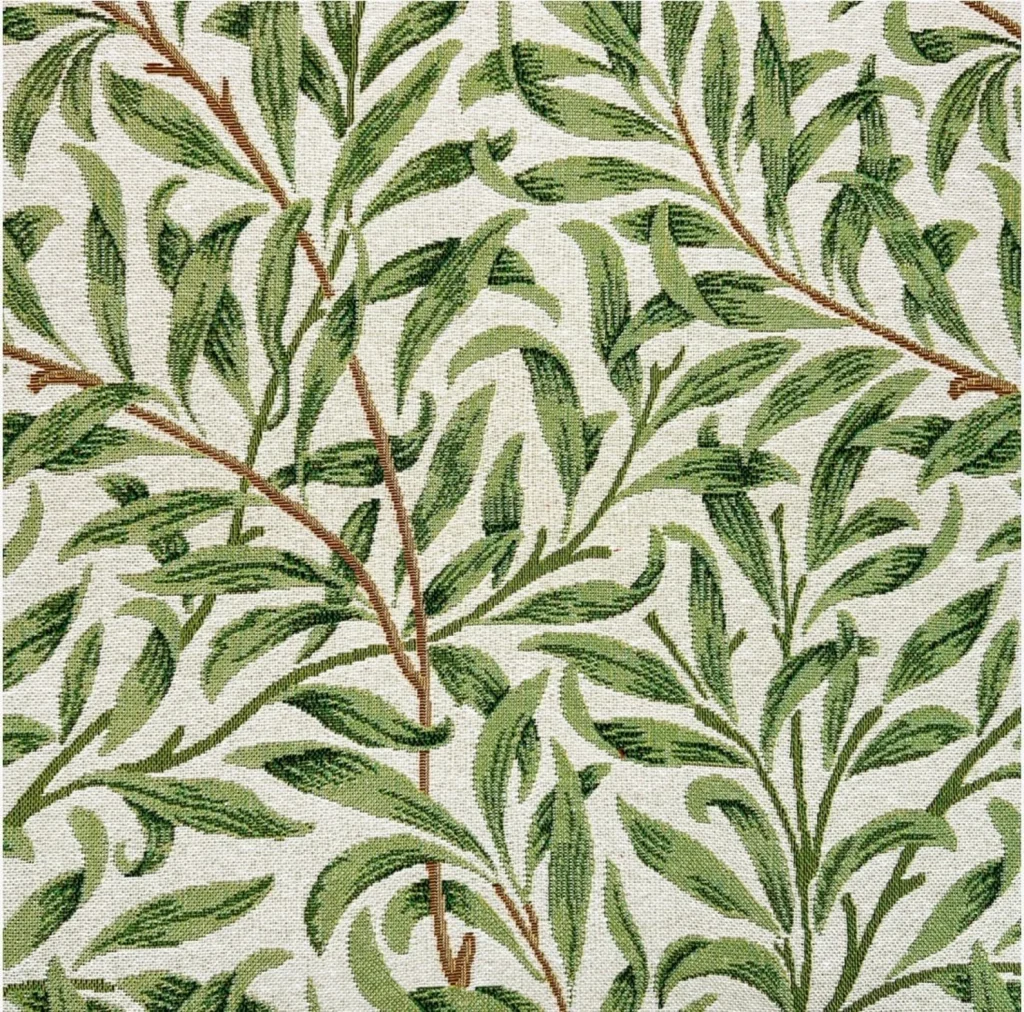
Acanthus (1875): This bold, leafy pattern marked a turning point in Morris’s career. Its dramatic scale and swirling movement were unprecedented in Victorian interiors and remain among the most impactful patterns ever created.
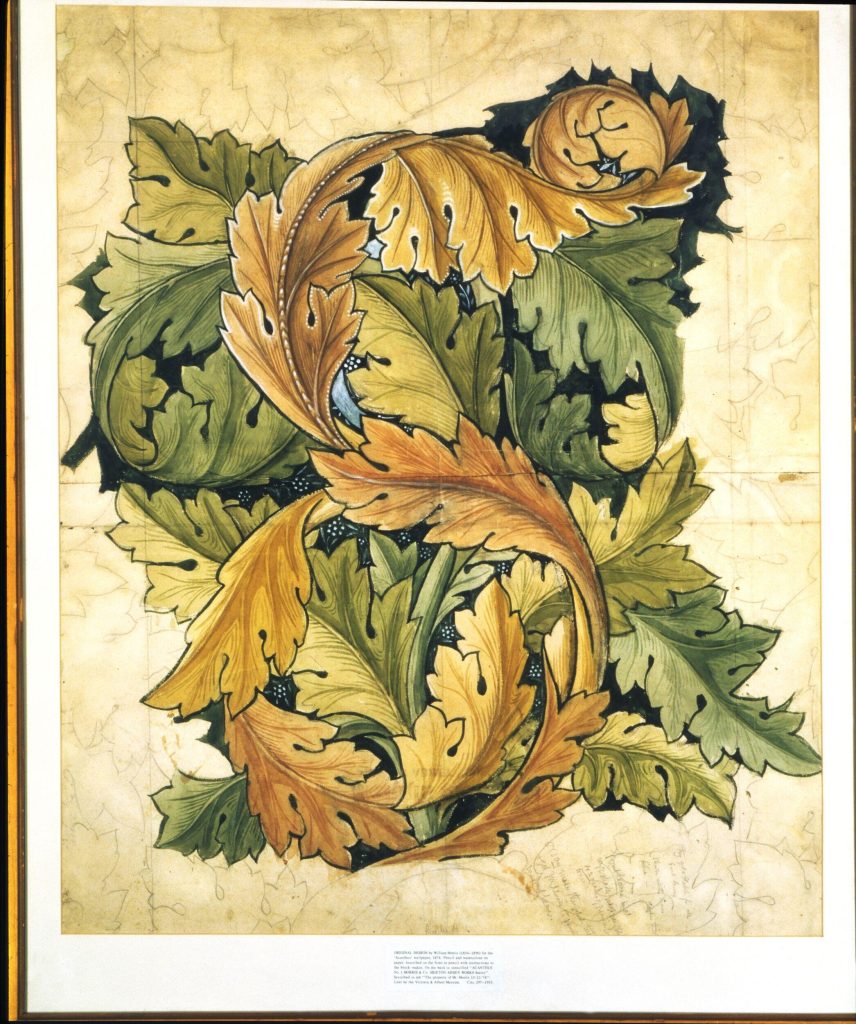
Each of these designs was deeply rooted in Morris’s love for nature and craftsmanship. He would often draw plants directly from his garden, stylizing them just enough to maintain their essence while creating patterns that repeated gracefully and never felt static.
Legacy in Design and Fashion
Following Morris’s death in 1896, his influence only grew. The 20th century saw periodic revivals of Morris & Co. patterns, especially during times when people sought refuge in the comforting and the hand-made. The 1960s Arts and Crafts revival in both the U.S. and UK reintroduced Morris’s work to a new generation, and by the 21st century, his designs were being reinterpreted in collaborations with fashion houses and homeware brands.
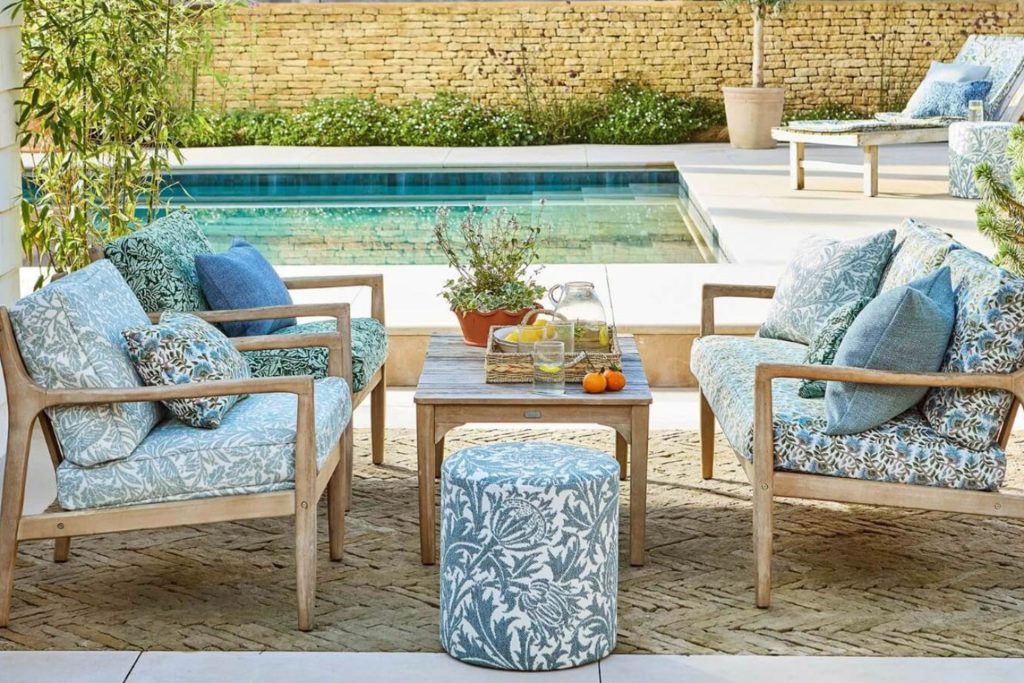
Notably, William Morris & Co. has partnered with brands like H&M, House of Hackney, and Ben Pentreath to bring Morris’s prints to contemporary clothing, wallpapers, and soft furnishings. In fashion, his patterns have appeared on silk scarves, dresses, and accessories, offering a nostalgic yet fresh aesthetic.

In East Asia, particularly Japan, Morris’s patterns are revered for their balance and beauty—appearing in both minimalist and maximalist interpretations. The Middle East and Europe have also embraced Morris’s heritage, incorporating his motifs into luxury textiles and artisanal décor.
A Philosophy That Endures
As the founder of William Morris & Co. and a leading figure in the Arts and Crafts movement of the 19th century, Morris revolutionized how beauty and utility could coexist.
More than just a designer, William Morris was a reformer. He believed that beauty had a role in everyday life and that the things we surround ourselves with—our homes, clothes, and objects—should be made with care and meaning. He was a visionary whose influence continues to weave through both interior design and fashion more than a century later.
In a world increasingly driven by speed, mass production, and digital trends, the legacy of William Morris offers a serene counterpoint—an enduring ode to craftsmanship, nature, and artistic integrity. His call to “have nothing in your houses that you do not know to be useful or believe to be beautiful” remains a guiding principle for those who value sustainable and thoughtful living.
Today, William Morris & Co. is not just a brand—it’s a movement, a design language, and a symbol of timeless creativity. Whether adorning a living room wall or wrapped as a scarf, Morris’s work continues to connect us with the natural world and with the ideals of artistry and integrity.
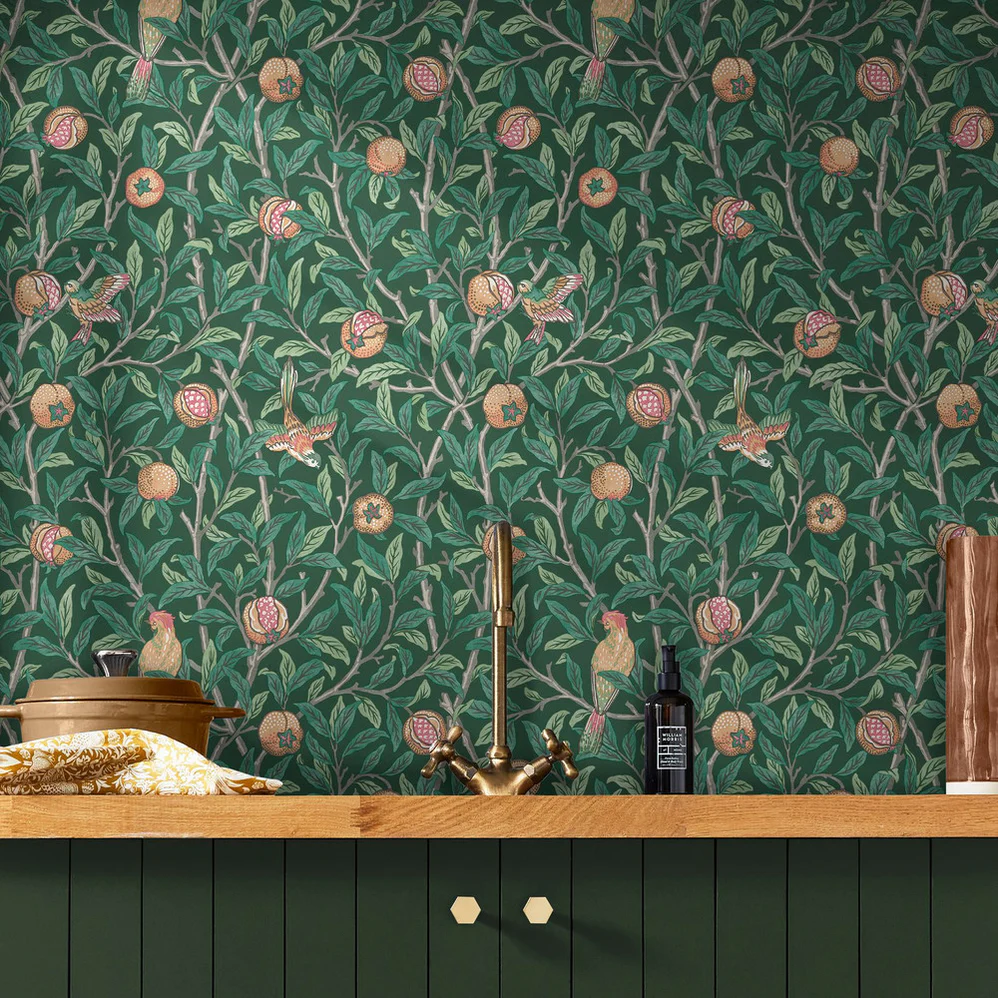
Our Big Fame in Prints celebrates the legacy of the world’s most famous textile and print pioneers. This series delves into their business story, timeless designs, and enduring influence on global fashion, interiors, and cultural aesthetics.]
Other articles under this series:
From War to Wow: How Missoni and Marimekko Changed Fashion with Colour and Creativity
The Story of Marimekko: Global Success in Bold Visions
Art You can Wear – Vera Neumann, A Timeless Visionary in Colour and Pattern
Vera Neumann: The Woman Who Made Scarves a Canvas of Art
Missoni: The Legacy of Italian Knitwear and its Iconic Patterns
Timeless Knitwear with Missoni Designs and its Brand Inference
Saddles to Silk: The Evolution of Hermès into a Global Luxury Icon
The Art of Hermès Scarves: A Brief Analysis That Defines Luxury
Liberty – The Fascinating History and Its Iconic Fabric Prints
Liberty Patterns – The Artistry and Versatility of its Timeless Elegance
If you would like to learn more about fabric, craftsmanship, manufacturing process, or need further cooperation, please email us via the email address vip@docsunhomeandliving.com, or click the image below to visit our official website. Also you can visit Docsun Silk for Daily outfit guidance.
2024.11-1024x1024.png)
www.docsunhomeandliving.com
